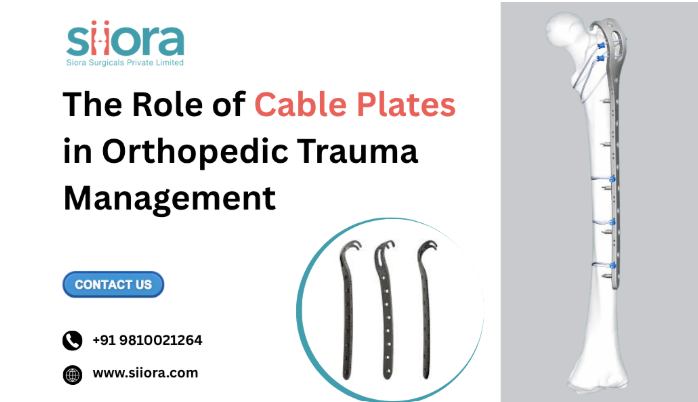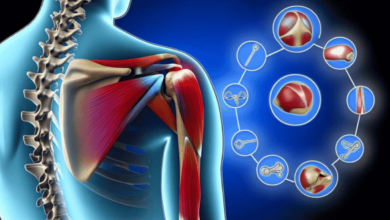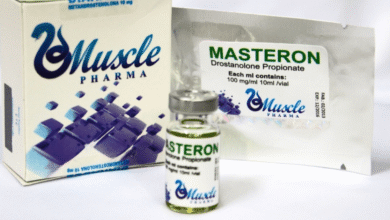The Role of Cable Plates in Orthopedic Trauma Management

In orthopedic trauma care, stabilization is everything. The goal is clear: restore anatomy, ensure early mobilization, and reduce complications. While locking plates and intramedullary nails often take center stage, cable plates quietly fill a vital niche, especially in complex fractures and revision surgeries. They’re not flashy, but they get the job done when traditional options fall short.
Cable plate systems combine the stability of a metal plate with the adaptable grip of cables, making them particularly effective in managing fractures where bone quality is compromised or standard fixation isn’t feasible. Think of periprosthetic fractures, those that occur around joint replacements, or fractures in osteoporotic bone. These scenarios demand solutions that are both strong and forgiving.
What Makes Cable Plates Different?
At first glance, a cable plate doesn’t seem revolutionary. It’s essentially a standard plate with holes or slots that allow the passage of cables. But the brilliance lies in its flexibility. Cables can be wrapped circumferentially around the bone and tightened through the plate, giving surgeons a secure hold on fragments that are too small or fragile for screws alone. This tensioned grip mimics the concept behind cerclage wiring but with more control and less risk of strangulating the blood supply.
Unlike locking plates, which rely on rigid screw fixation, cable plates can adapt to irregular surfaces and maintain compression even in the face of bone loss or deformity. That makes them a go-to tool for salvage operations when the surgical field is far from ideal, and the primary concern is achieving any kind of stability.
Where Cable Plates Are Vital?
Periprosthetic fractures, especially around the femur, are notoriously difficult to manage. These fractures often occur in elderly patients with brittle bone, and the presence of a prosthesis limits where screws can be placed. Here, cable plates come into their own. They allow fixation without interfering with the implant and distribute stress more evenly across the bone.
Cable plates also find their place in revision arthroplasty, tumor reconstruction, and cases involving extensive bone grafting. In these high-stakes surgeries, conventional plates alone may not provide the support needed. By using cables to reinforce weak zones and hold grafts in place, surgeons can avoid more invasive procedures and preserve as much native bone as possible.
What Could be the Drawbacks of Cable Plates?
No surgical tool is perfect. Cable plates aren’t immune to complications. Improper tensioning can damage surrounding soft tissues or compromise circulation. There’s also the risk of cable loosening over time, especially if they’re not crimped or secured properly. But with refined technique and proper patient selection, these risks are manageable.
Another challenge is that cable locking system can be more technically demanding. They require careful planning and precise placement to ensure that both the plate and the cables work together, not against each other. That said, for many orthopedic surgeons, the learning curve is worth it when the alternative is a poorly stabilized fracture or another trip to the OR.
A Tool, Not a Crutch
Cable plates aren’t meant to replace other forms of fixation. They’re part of a broader strategy, a supplemental tool when conditions demand extra ingenuity. Their value lies in their adaptability. When faced with a difficult fracture, limited bone stock, or a compromised surgical field, cable plates offer an elegant solution that balances strength with finesse.
As orthopedic techniques evolve and orthopaedic implants become more specialized, cable plates remain a reliable option in the surgeon’s toolkit. Their role may not always be in the spotlight, but in the high-stakes world of trauma care, sometimes it’s the behind-the-scenes solutions that make all the difference.




